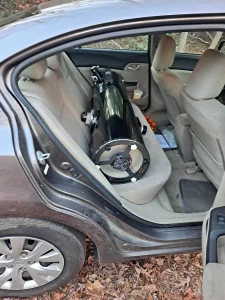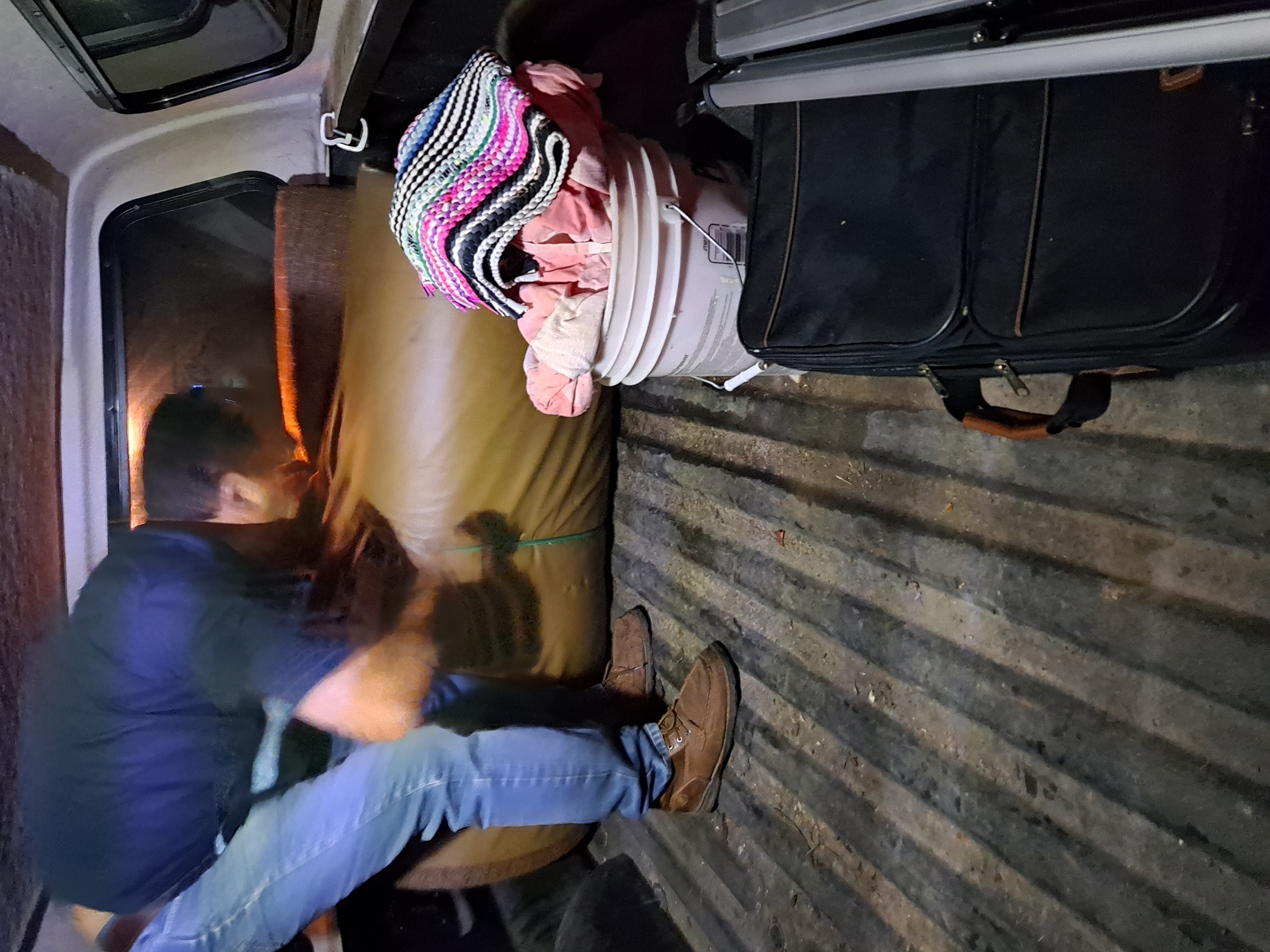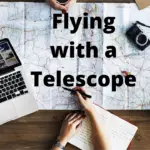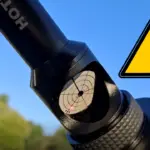There are many ways to transport a telescope and they all have the potential to cause damage to the telescope. Most astronomers do travel with their telescope at least occasionally and it does not ruin the telescope.
Transporting a telescope has the potential to damage it, but it is safe to transport a telescope in a vehicle or by mail if it is packed well. When shipping be sure to get insurance and mark the package as fragile. The telescope will likely need to be collumiated when it arrives and is assembled before it can be used. Catastrophic damage to the motors, mirrors or optical tube assembly are unlikely.
If there is damage to a motor or a mirror they will be covered by shipping insurance.
If you are traveling in your car be sure to pack your scope carefully. Original shipping boxes work well for this, but there are other options as well.
When we travel the biggest danger is the little hands and feet of inquisitive children. Store the telescope in the trunk instead of under the seats if space allows.

How to pack a telescope for transport
Packing a telescope for transport is the same as packing any fragile item for moving.
Get the supplies you need:
Moving Blankets or Quilts
Bungee Cords or Tow Straps
Padding
Pack the scope away from any foot traffic, the trunk is the obvious choice, but if space is limited the passenger seat works well too.
Try to minimize the movement of the scope. Do not let the optical tube roll around. If it comes loose while you are driving, stop and adjust the straps.
Traveling with a telescope for the first time can be pretty scary. It is a very expensive piece of equipment, but I travel with my scope every week and there has been very little damage, and none that has affected my views. I have a few other tips for transporting a telescope in a car in this post.
Here are my best tips for transporting a telescope:
Make sure the dust caps are on
When you are moving your telescope put the dust caps on.
This gives them a bit more protection against debris. .It is a layer of protection for the mirrors so nothing can get to them and crack or dirty them.
You should have your dust caps on any time you are not using your telescope.
Consider purchasing cases
Traveling with custom transport cases is so much easier than without.
The custom cases are generally sold by the manufacturer of your telescope, but they may be quite pricey.
There are a few products loved by astronomers. I love this eyepiece case that I got from Harbor Freight, a hardware store.
There are also Pelecan brand hard cases, they are a bit more expensive, and they would only be suitable for a smaller telescope or eyepieces.
Celestron NexStar has a case they sell with the smaller scopes that may be convenient as well.
Far Point Astro has a wide selection of hard sided cases with foam padding, they have cases in many sizes and with wheels. They will cost you a few hundred dollars, but they would be great if you plan to travel frequently.
Pad the mirror
Pay special attention to the mirrors when packing your telescope. Do not try to put anything in your optical tube, but brace the outside of the tube where your mirrors are so they will move as little as possible.
I like to stuff pillows around my telescope so that it wont shift in the back of the van as much.

Tie it down with bungee cords or tow straps
When you are transporting a telescope be sure to take it off the mount and to strap down the scope and mount so they will not move around as much as possible.
You could use bungee cords or tow straps if you are transporting it in a truck or large van, but padding and moving blankets may be better if transporting it in the car.
The goal is for the scope not to move too much when you are rolling down the road.
How to Check A Telescope for Damage
After transporting a telescope you want to assemble it as quickly as possible to check for damage. Air travel is particularly dangerous for telescopes. Checked baggage is often abused in the loading and unloading process, and carrying on a telescope still presents some hazards. When you arrive you may not find any damage for many hours or days after your flight.
Checking for damage as soon as possible will make filing claims easier.
If you are traveling with a telescope on an airplane, read our guide in this post first and be sure to check for damage as soon as you arrive.
Assemble your telescope when you arrive, check for any dents or bends in metal components.
If you are able to assemble the scope that is your first good sign. Internal pieces that are bent may make it difficult to assemble.
Look into the optical tube to be sure that there is no damage to the mirrors. It may be difficult to see all the edges of the mirror.
Damage to the mirror may be very scary, but it may not affect your views as much as you think. If you find there is serious damage to the mirror, you may still be able to use the scope as normal.
Electronic telescopes should be turned on and moved in all directions.
Motors on GoTo mounts have internal metal rods that could bend. If there is damage to the motor the scope will not be able to slew smoothly.
Once you have checked the mechanical components of the scope, look through the scope to determine if it is collimated.
If all you see is black, do not panic.
Be sure you have removed all dust and lens caps.
Use a Laser collimator to check if the mirror is just very far out of alignment.
Change your eyepiece to be sure that the issue is with the telescope, not the eyepiece.
If there is major damage contact your manufacturer. Most telescope manufacturers have very knowledgeable people working the phones. They can help you determine the seriousness of your issue and they can recommend repairs.





